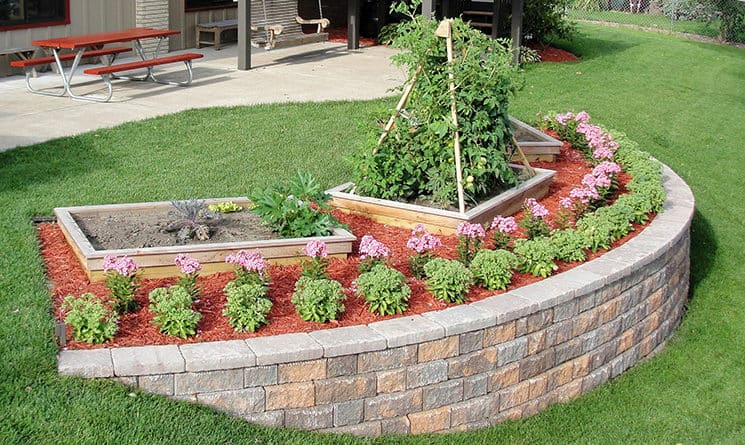Foodscaping, or edible landscaping, is the integration of food-producing plants and ornamentals in your yard. It is a practical and innovative way for you to grow more food, use space efficiently, and create colorful and interesting landscape designs.
You can include a wide variety of plants, such as fruit trees, berry bushes, herbs, vegetables, and edible flowers in your edible landscape.
Four tips for your edible landscape
- Forget traditional row planting. Think instead of beauty and style. Plant your edible plants in a random pattern based on what looks good together.
- Think about sunlight. Most fruits and vegetables prefer six to eight hours of direct sunlight each day. But certain leafy greens like lettuce and kale can get by with less.
- Plant a variety of perennials and annuals. Think of your perennial choices as the framework of your garden, since they will remain in place for many seasons. Annual crops provide rapid growth, color, opportunities for multiple plantings within a single season, and the chance to quickly learn what you like and don’t like in a given space. Remember to rotate your annual crops to keep your soil healthy.
- Consider the mature size of the plant, especially where trees are concerned. Dwarf fruit trees are an excellent option if you’d like tree fruits in your landscape. Climbing vines like grapes require annual pruning and add a vertical element to your plan.
The integration of edibles into your landscape can be a gradual process, and you may choose to add plants slowly over time.
Jeremy DeLisle is the program coordinator for the UNH Cooperative Extension Education Center. The center answers questions about gardening and more at answers@unh.edu, or by calling 877-398-4769, Monday through Friday, between 9 a.m. and 2 p.m.

